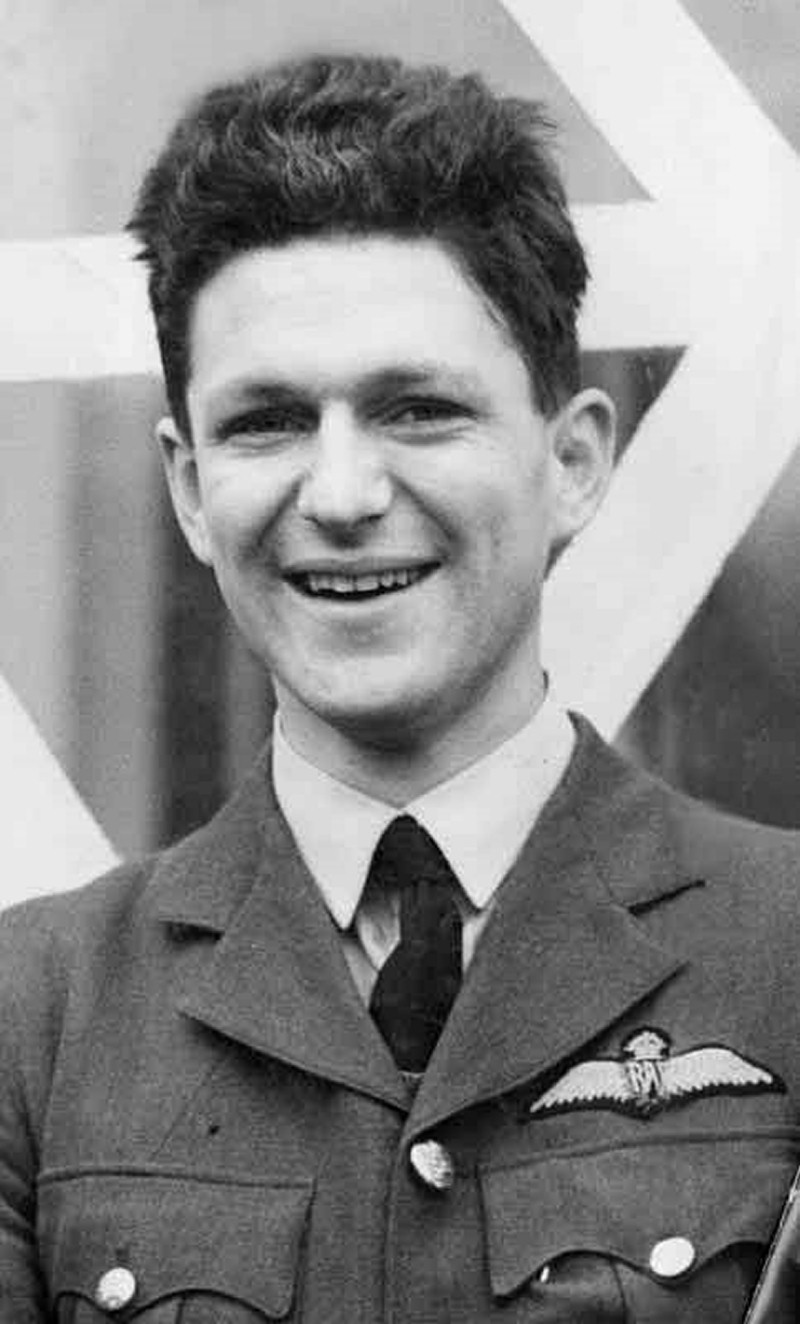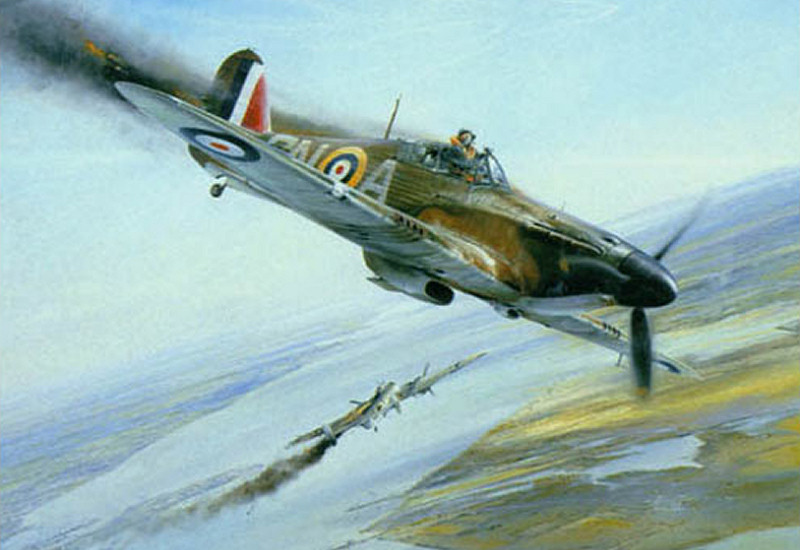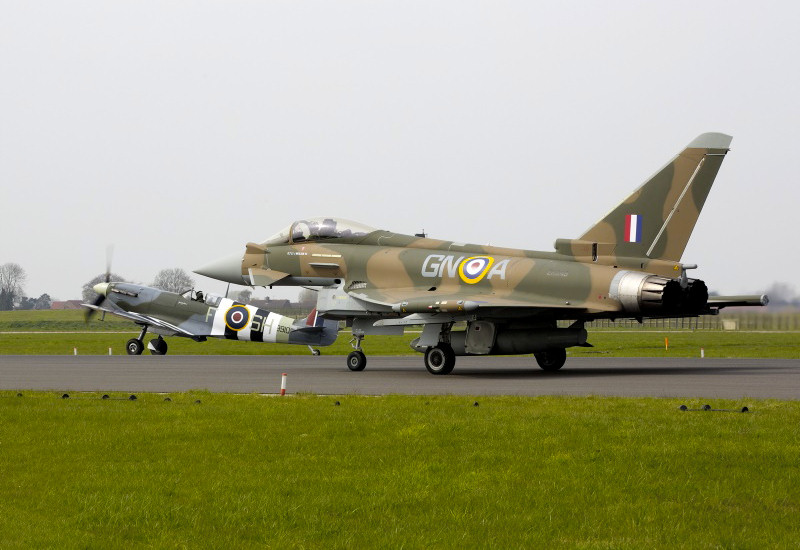Wing Commander James Nicolson, VC, DFC
Wing Commander James Nicolson, VC, DFC was the only Fighter Command VC of World War 2.
The following account was written by James Nicolson's nephew, Jim Nicolson in January 2021. Jim is a Thurrock resident and former Thurrock Council officer.
The photograph below, provided courtesy of Jim Nicolson, shows James Nicolson at the Palace Hotel, Torquay in November 1940 at the time of his VC being announced.

On 16 August 1940, at the height of the Battle of Britain, James Nicolson, then a Flight Lieutenant with 249 Squadron, flying Hawker Hurricanes based at Boscombe Down, Hampshire, was scrambled to attack a formation of German bombers heading for Southampton.
He was in command of a Section with 2 other Hurricanes when ordered to intercept another group of German bombers. However, these were attacked by Spitfires before Nicolson could get into range.
As he was leading his Section back to join the rest of the Squadron, they were attacked by Messerschmitt fighters, which damaged all 3 Hurricanes, setting Nicolson’s and one of the other 2 aircraft on fire. The Hurricane was a sturdy fighter, but due to its design, if set on fire would cause devastating burns to the pilot unless he bailed out immediately.

Illustration above: Battle of Britain VC by Robert Taylor © Military Gallery, www.militarygallery.com
As he was preparing to bail out, a German fighter flew past him. Nicolson was so angry at having been shot down that instead of jumping to safety he sat down in the burning Hurricane and chased the enemy plane. The Hurricane's cockpit was by now an inferno and he glanced at his left hand, which was holding the throttle open to see if was in the fire itself. Despite the dreadful heat and the burns, he continued to chase the German, firing long bursts of machine gun fire.
Eventually, he could stand the flames no longer and bailed out (as shown in the artist's impression above). When he landed, he was told by one of the eye-witnesses that the German plane had crashed into the sea. Nicolson was rushed to hospital but not expected to survive the night, such was the severity of his injuries. However, he did and so began a long road to recovery.
Whilst still in hospital in November that year, he was genuinely astounded to be told that he had been awarded the Victoria Cross, the highest award for gallantry in the face of the enemy. He was the only pilot in Fighter Command to receive the Victoria Cross, not just during the Battle of Britain, but throughout the whole of the Second World War. Everyone was delighted for him, but he felt very strongly that he had only been doing his duty and many others were equally worthy of the award.
He had an overwhelming determination to prove that he was indeed worthy of the award and strove to get back to operational flying as quickly as possible. He was posted to the Far East where he commanded 27 Squadron, flying Bristol Beaufighters and De Havilland Mosquitos, attacking Japanese forces. His outstanding leadership of the squadron resulted in the award of the Distinguished Flying Cross (DFC).
To his great disappointment he was taken off operational duties but managed to get a role instructing bomber crews. In the early hours of 2 May 1945, he was one of the crew flying in a Lockheed Liberator over the Indian Ocean, which ditched in the water due to engine failure. Of the 10 men on board, only 3 survived, Nicolson was one of the 7 who drowned.
His wife received the telegram informing her of her husband's death on VE Day (8 May 1945), when the whole country was wildly celebrating victory in Europe.
To the surprise of many, his heroism was gone rather unrecognised since the war, although a number of recent events have brought his story to the attention of more people. Most notable was the painting of the RAF's Eurofighter Typhoon in the markings of Nicolson’s Hurricane as seen in the photo below (© Crown copyright 2015).

